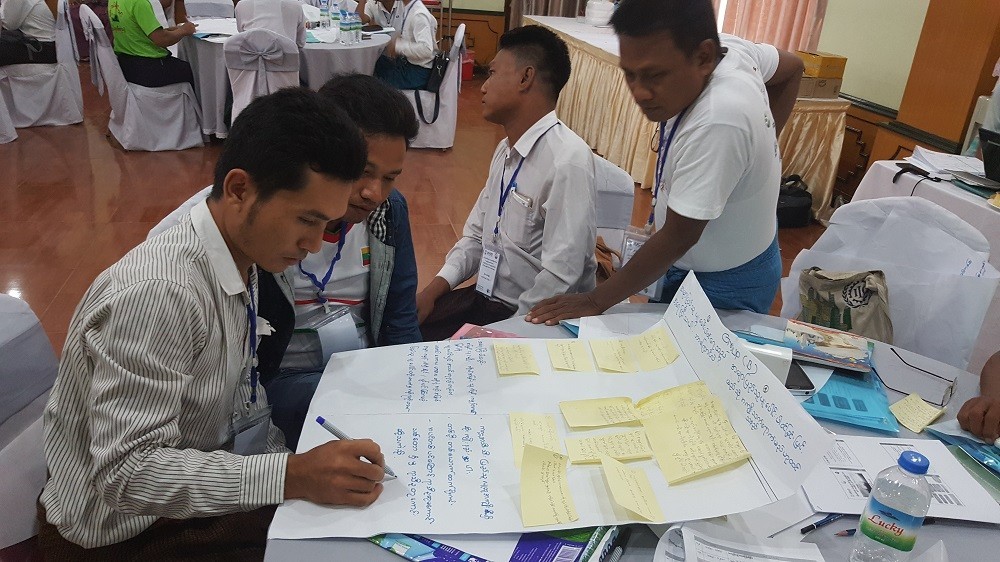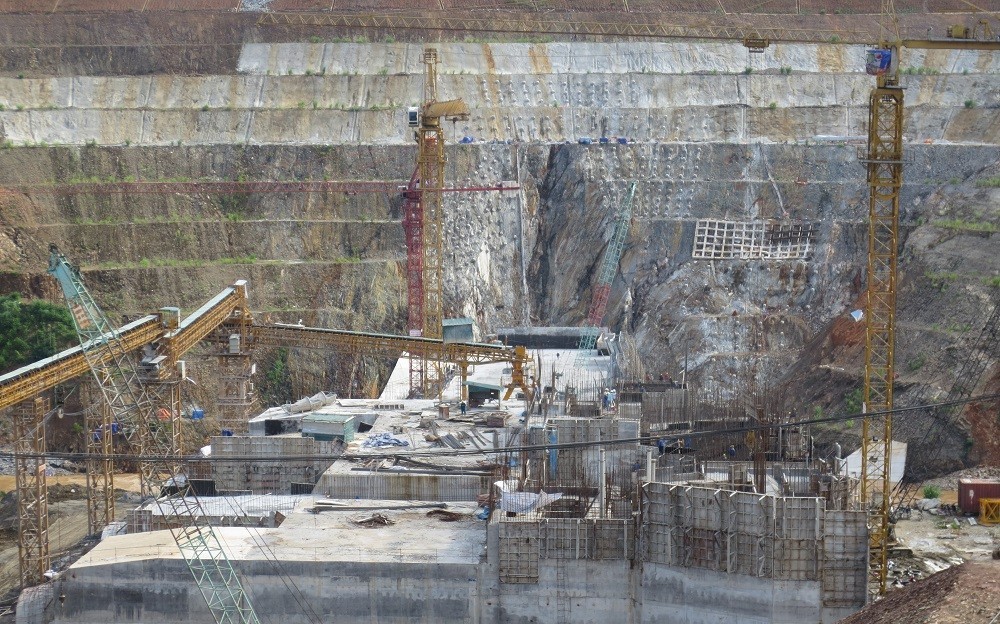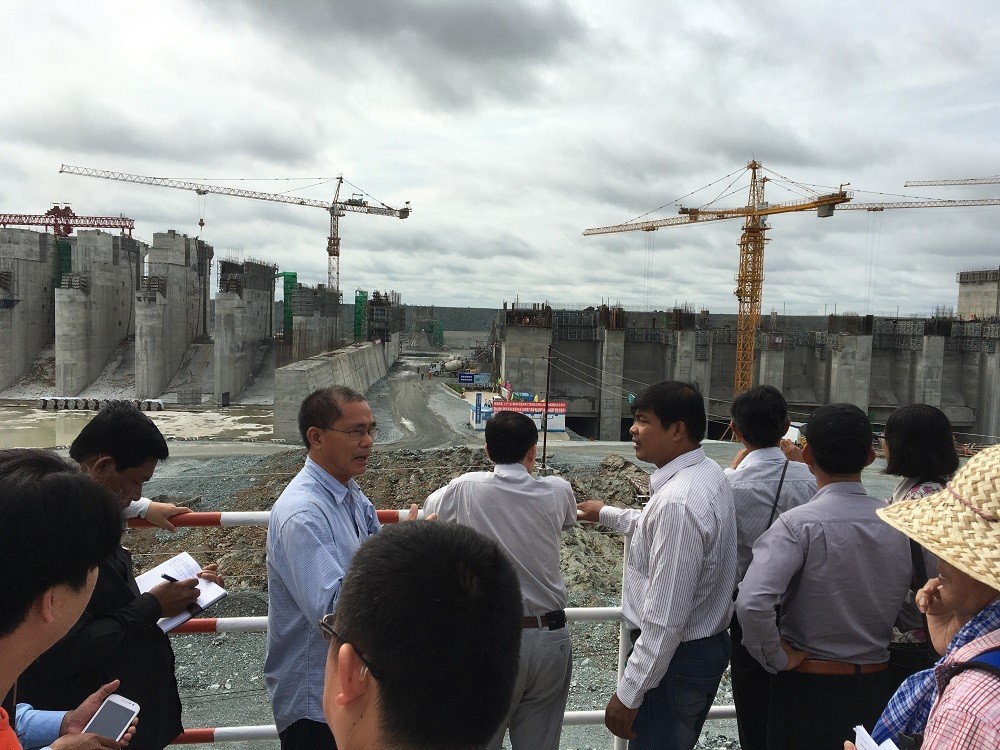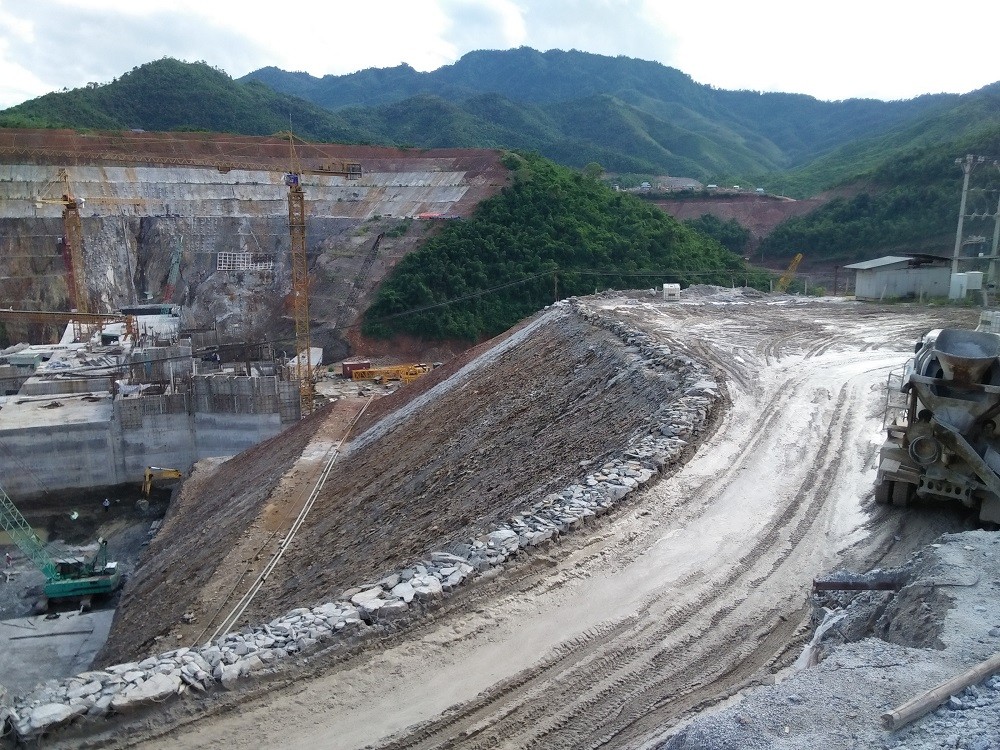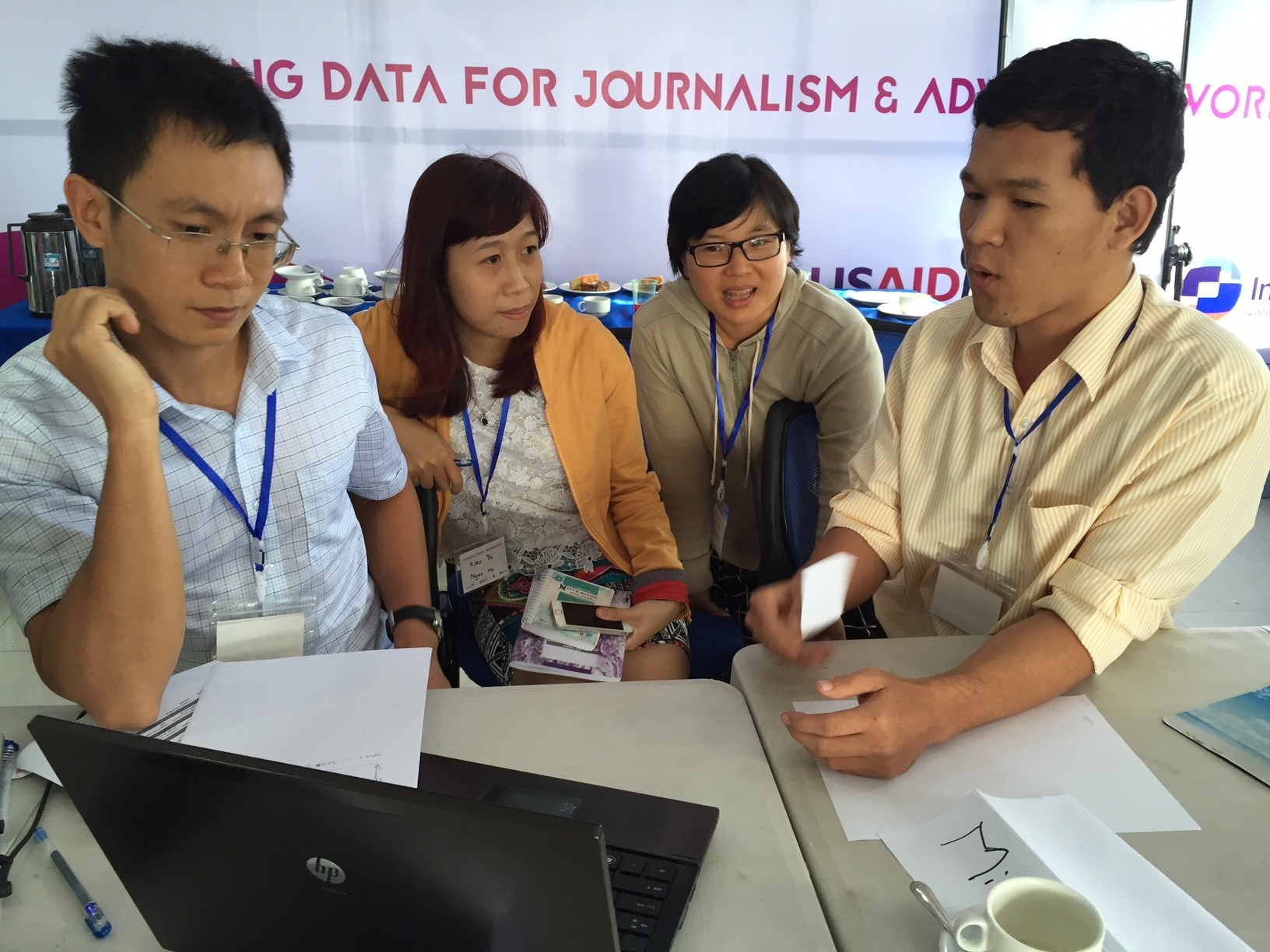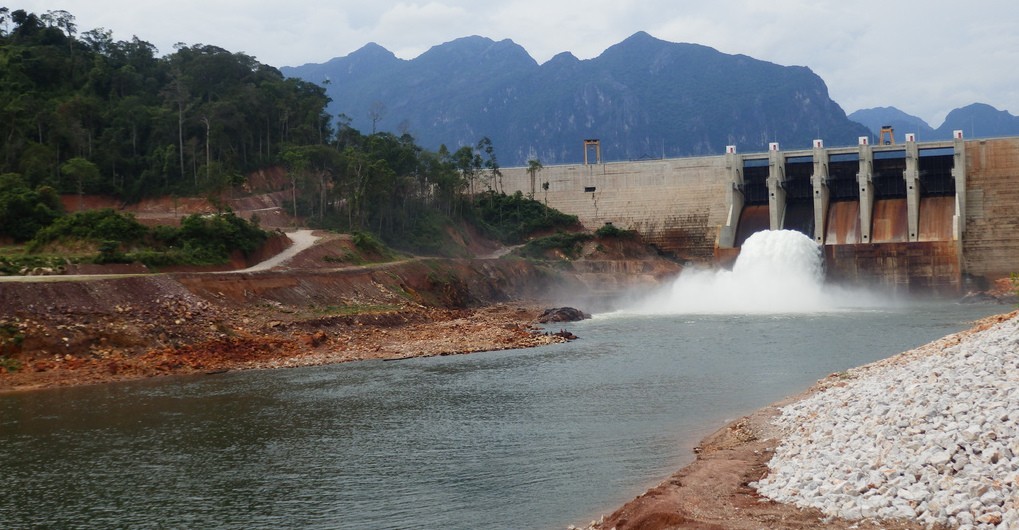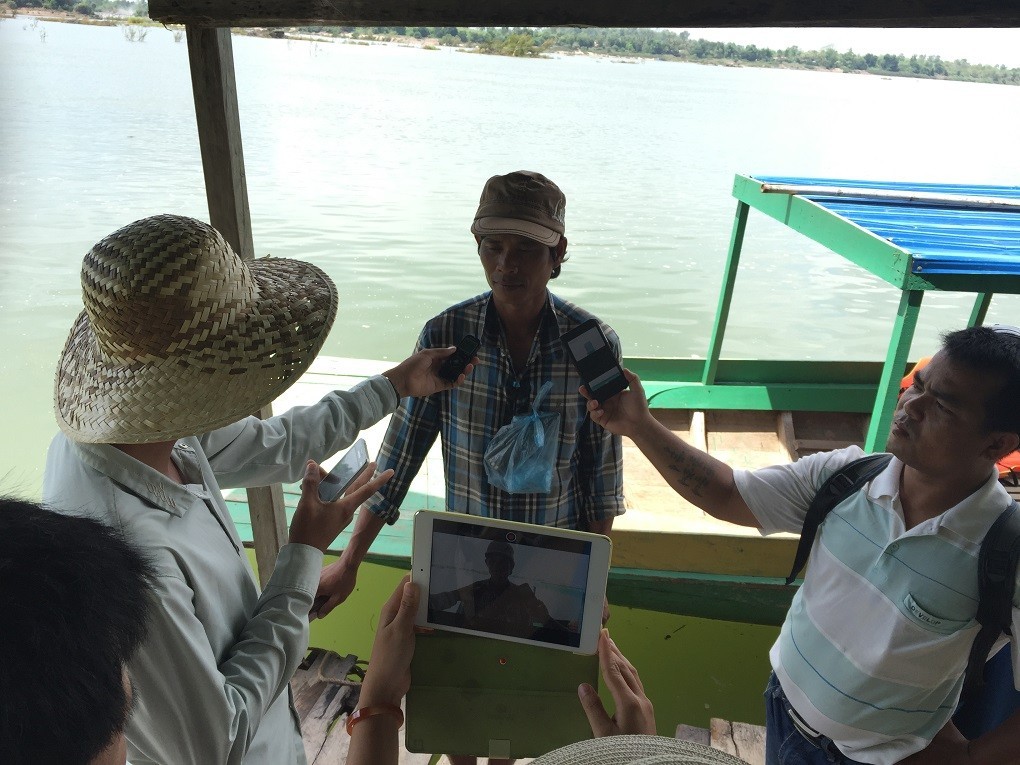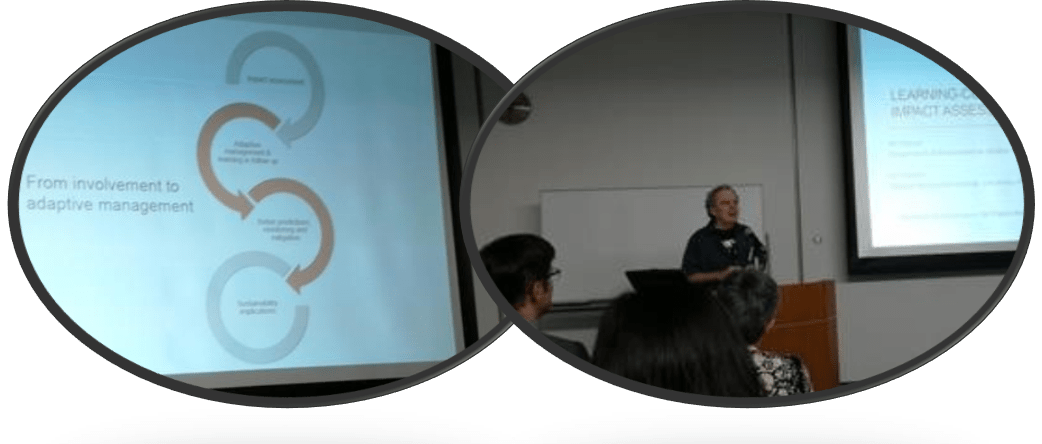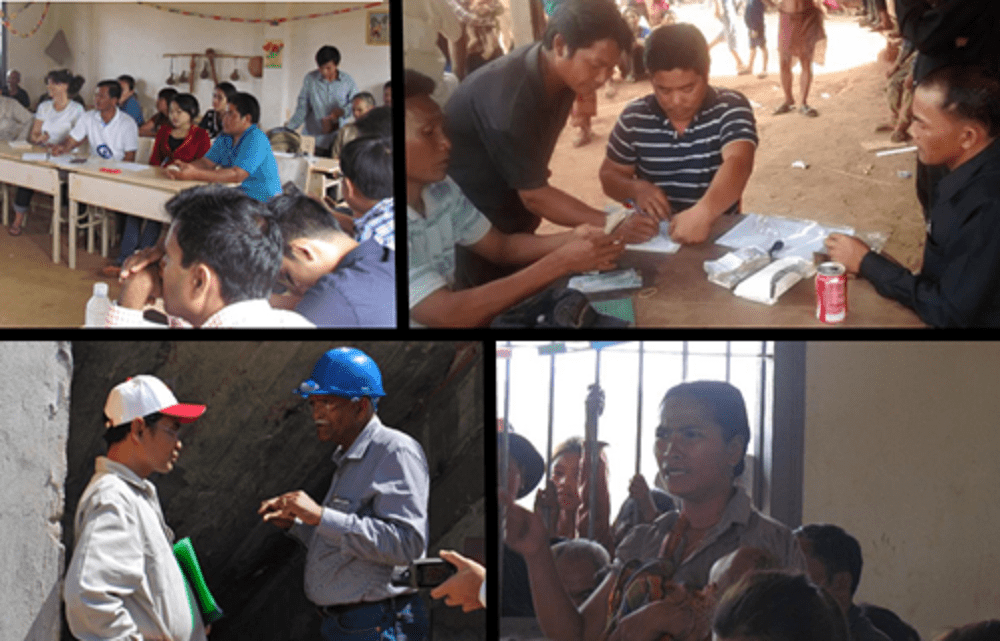Mekong Partnership for the Environment USAID-funded Mekong Partnership for the Environment is helping communities in Myanmar understand the EIA processes related to development projects that may impact their environments and communities. On 26 June 2016, MPE partner Forests Resource Environment Development and Conservation Association (FREDA) conducted the first of two workshops on “Community Awareness Raising for […]
Category: Resource / PR
New Study: Excluding Women from EIA Worsens Social and Environmental Impacts
Mekong Partnership for the Environment The Government of Vietnam requires Environmental Impact Assessments (EIAs) for all large-scale infrastructure development projects and supports public participation in the EIA process. However, a new study shows that women and other marginalized people are often not engaged effectively in the EIA. Mekong Partnership for the Environment (MPE) supported the […]
MPE and Partners Help Dam-Affected Cambodians Build Skills to Engage in EIA Processes
Mekong Partnership for the Environment MPE supports work in communities affected by development projects because the success or failure of an Environmental Impact Assessment (EIA) depends on meaningful participation of all key stakeholders. USAID-funded Mekong Partnership for the Environment (MPE) in partnership with NGO Forum on Cambodia (NGOF) trained 21 CSO and community representatives at […]
Civil society, government, journalists explore transboundary impacts in dialog and webinar events
Mekong Partnership for the Environment CSOs and academics share concerns over impacts of Thai transboundary investments MPE partner Thai Society of Environmental Journalists (TSEJ) held its latest public seminar examining transboundary investment on 13 June 2016. A panel of civil society and academic experts discussed issues around these investment flows in and out of […]
Data, Development and the Environment: Regional Journalists and NGOs Take on Data Journalism
Mekong Partnership for the Environment With help from Mekong Partnership from the Environment (MPE), the Mekong region now has a new team of skilled regional journalists and NGOs who can bring evidence-based environment stories to their audiences. USAID-funded MPE and Myanmar’s Phandeeyar are training journalists and local NGOs to tell compelling stories with environmental data. At the […]
PDF REPORT Analysis on ADB Investments in the Greater Mekong – NGO Forum on ADB
Since 1992 the Asian Development Bank (ADB) initiated the Greater Mekong Sub-region (GMS) Program encompassing the five countries and parts of China. As of 2016, over USD 14 billion has been invested by the ADB. The GMS program is another flagship endeavor by ADB under the strategic pillar entitled “regional economic integration”. Furthermore the GMS Regional Investment Framework (RIF) 2013 – 2022 serves as the master plan for over 200 projects with an estimated investment of about USD 50 billion.1
Civil society-led impact studies on ADB funded GMS projects suggest that groups mostly dependent on natural resources bear the brunt of direct disempowerment from practices such as mining, logging, involuntary resettlement and road-building among others. Once removed from their rights of access to their customary resources, the ADB presupposes that affected communities will invariably integrate into new market-based economies. Most often than not, however this is far from the local reality.
Regional Journalists Examine Impacts of Don Sahong Dam on Dolphins, Fisheries, Villagers
Journalists from across the Mekong region met villagers, government officials and NGOs to understand and write stories about the costs and benefits of the Don Sahong dam. Mekong Partnership for the Environment partner Cambodia Institute for Media Studies convened 20 local and four regional journalists in Stung Treng from May 26-28 to learn about the dam and it’s effect on communities, the environment and the dolphin and fish populations.
Public Participation and Learning in Impact Assessment
Members of the Regional Technical Working Group on Environmental Impact Assessment (RTWG on EIA, facilitated by Mekong Partnership for the Environment) participated in the Annual Conference of International Association for Impact Assessment in Nagoya, Japan in May 2016. IAIA is a global conference focusing on Impact Assessment tools and issues such as EIA, Health Impact Assessment (HIA), Public Participation, Biodiversity, Climate Change, and other topics. Here, an RTWG member shares his thoughts on the event and particularly one session “Learning-Centered Approaches to Impact Assessment.”
Sun, Partnerships Power Thailand Solar Project
Sitting in the courtyard of his home in Lopburi Province, 180 kilometers north of Bangkok, Saichol Thanomsak remembers what life was like for the nearly 600 people in Moo 3 Village before Asia’s largest thin-film photovoltaic solar energy project moved in nearby. Land was not fertile and jobs were scarce, forcing breadwinners to seek employment elsewhere. For those who remained, life could be grim.
“The armed forces use nearby fields for firing practice and villagers would collect artillery shells for scrap metal,” he says. “Sometimes they blew up and there were many injuries. Today, we don’t have to take such risks. Our village benefits greatly from the solar plant. It has allowed so many of us to stay home and make a decent living.”
MPE’s Cambodian Civil Society Partners Make Major Contribution to New Mining EIA Framework
Cambodia’s Ministry of Mines and Energy and the Ministry of Environment have co-signed an agreement to improve Environmental Impact Assessment (EIA) requirements in artisanal and small scale mining projects. Mekong Partnership for the Environment (MPE) partner Development and Partnership in Action (DPA) and a network of CSOs they facilitate played a key role in advising the government prior to the final agreement. The agreement aims to bring better transparency leading to stronger public participation in EIA processes.


